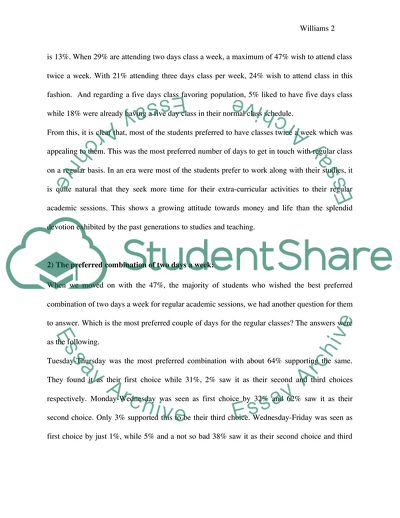Cite this document
(The Class Schedule Essay Example | Topics and Well Written Essays - 1250 words, n.d.)
The Class Schedule Essay Example | Topics and Well Written Essays - 1250 words. https://studentshare.org/education/1722812-feasibility-study-informal-writing
The Class Schedule Essay Example | Topics and Well Written Essays - 1250 words. https://studentshare.org/education/1722812-feasibility-study-informal-writing
(The Class Schedule Essay Example | Topics and Well Written Essays - 1250 Words)
The Class Schedule Essay Example | Topics and Well Written Essays - 1250 Words. https://studentshare.org/education/1722812-feasibility-study-informal-writing.
The Class Schedule Essay Example | Topics and Well Written Essays - 1250 Words. https://studentshare.org/education/1722812-feasibility-study-informal-writing.
“The Class Schedule Essay Example | Topics and Well Written Essays - 1250 Words”. https://studentshare.org/education/1722812-feasibility-study-informal-writing.


